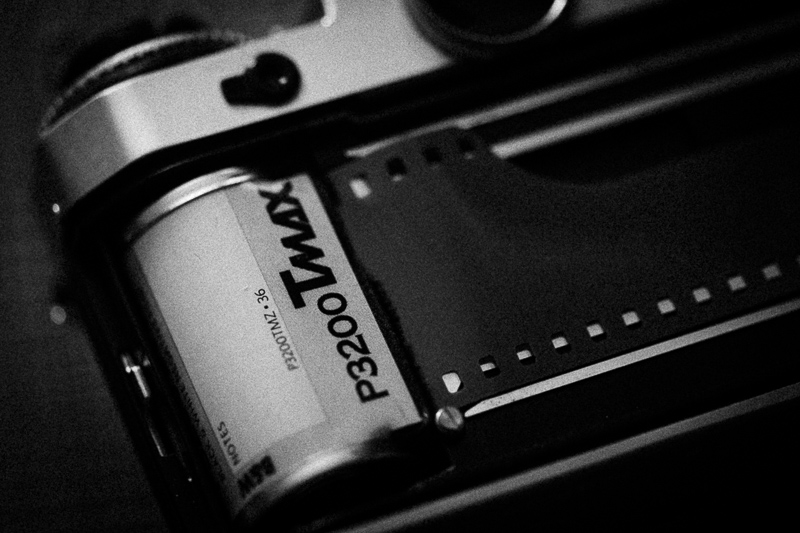
An ISO 3200 black and white film is pretty much the fastest film you can get these days. As I like to shoot in dimly lit environments of course I had to give it a try.
Processing and scanning was done at urbanfilmlab in Germany.
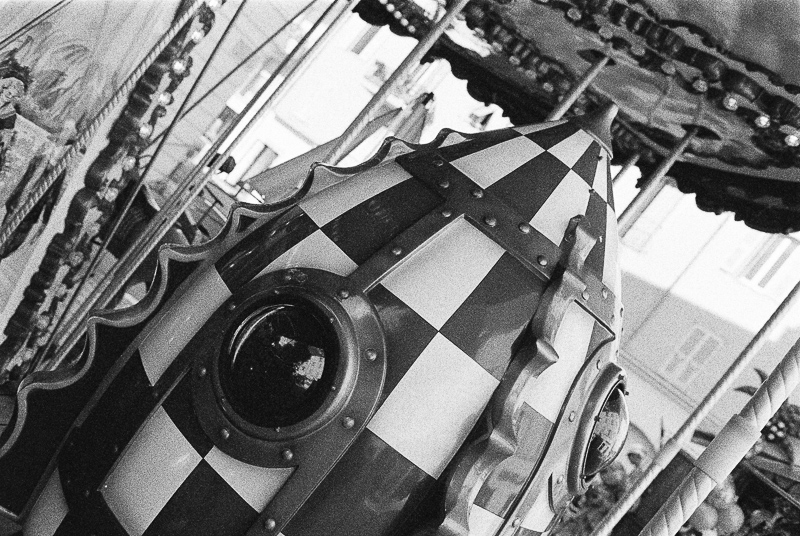
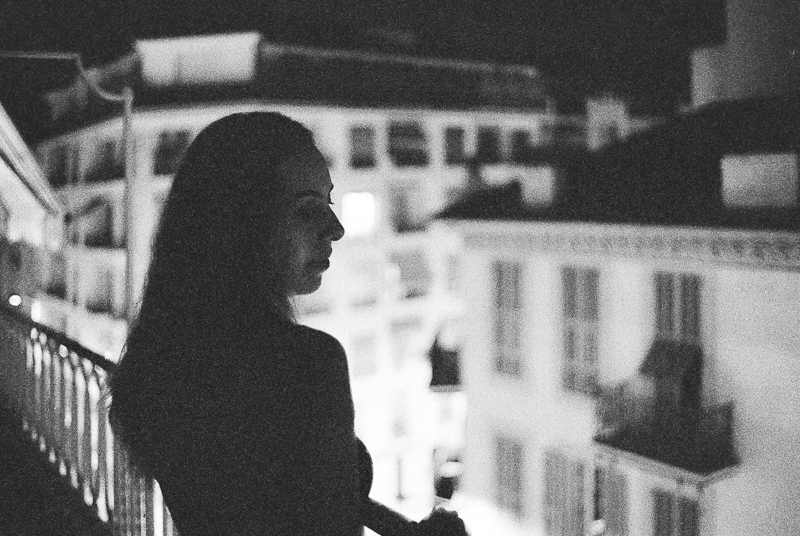
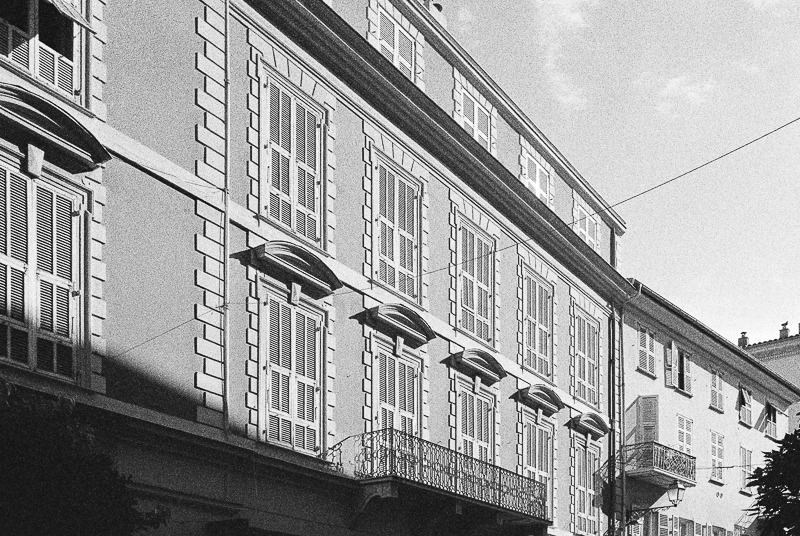
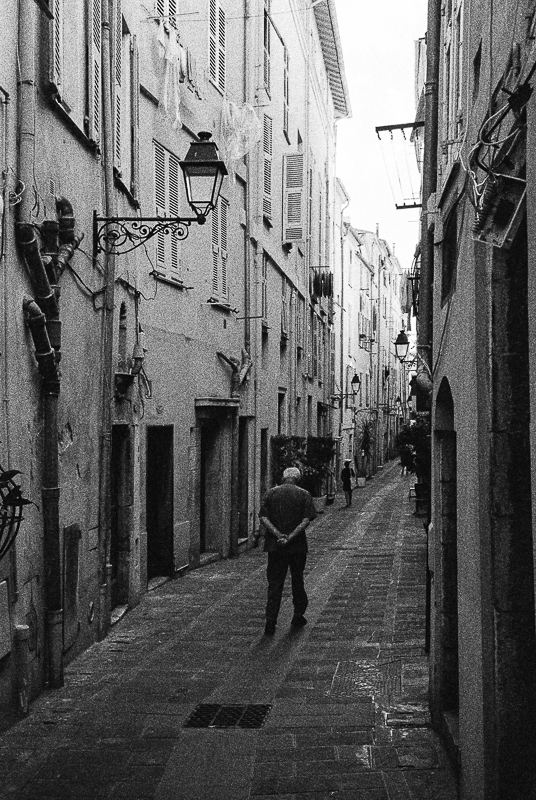
Shooting at night in the cities or indoors are probably the main applications for a fast black and white film these days. Or is there still someone shooting sports on film? I highly doubt that.
I found the dynamic range of the Tmax 3200 quite good, better than the Ilford Delta 3200 I previously tried, but naturally the grain level is very high with such a fast film.
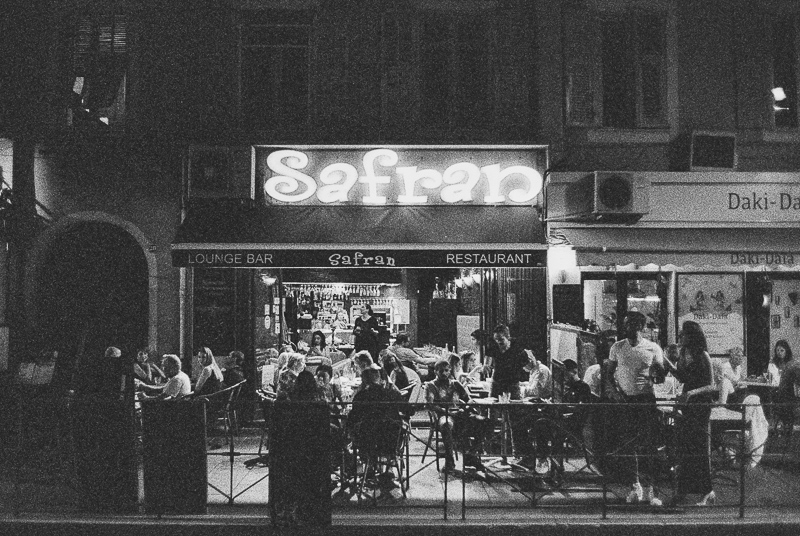
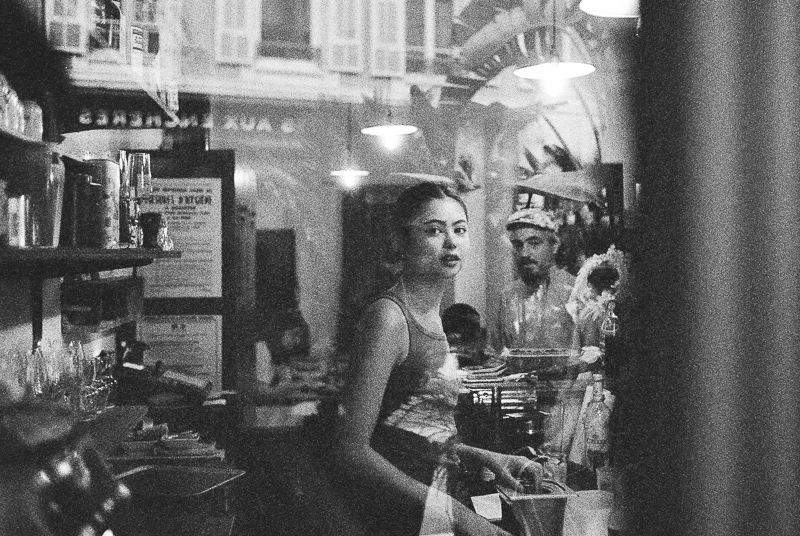
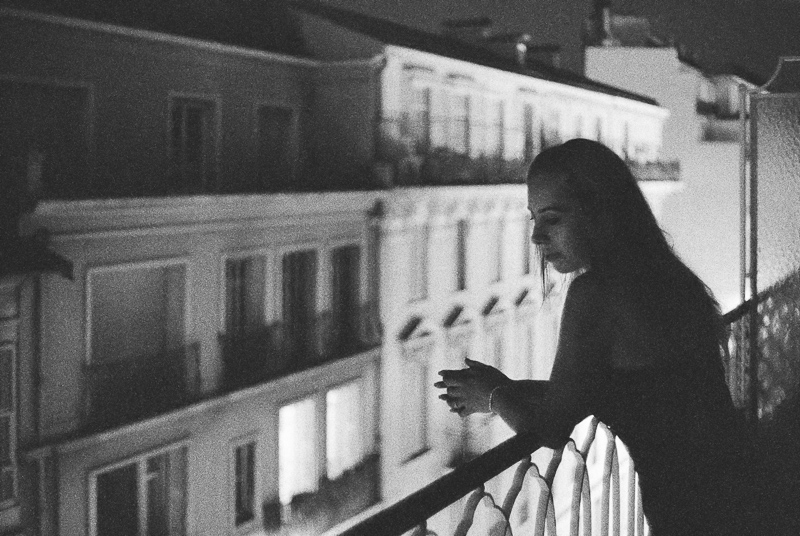
The light meter in the Leica M6 is not only pretty basic, compared to modern cameras its sensivitiy is also severly limited. This means that in environments where you need a fast aperture like f/1.4 and a shutter speed of 1/30s in combination with an ISO 3200 film the lightmeter might have already have given up.
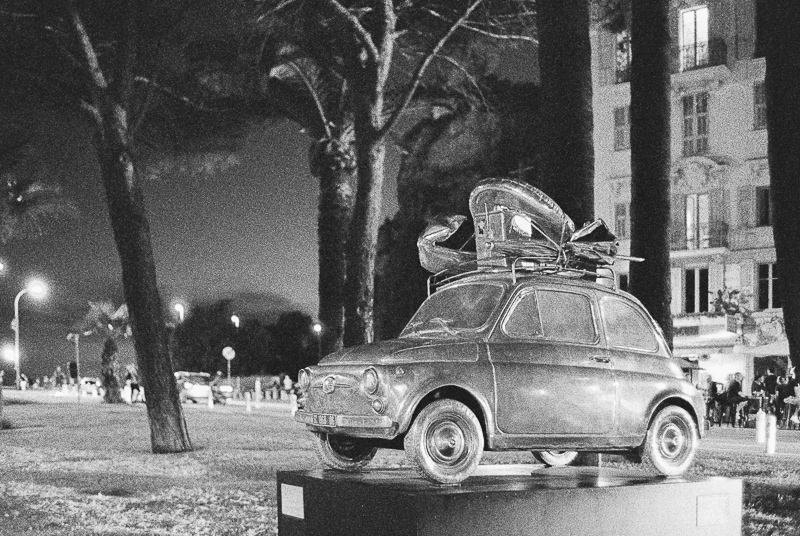
And then there is a general issue shooting black and white film compared to color: color correction filters would be needed to manipulate the brightness of differently colored parts of the frame.
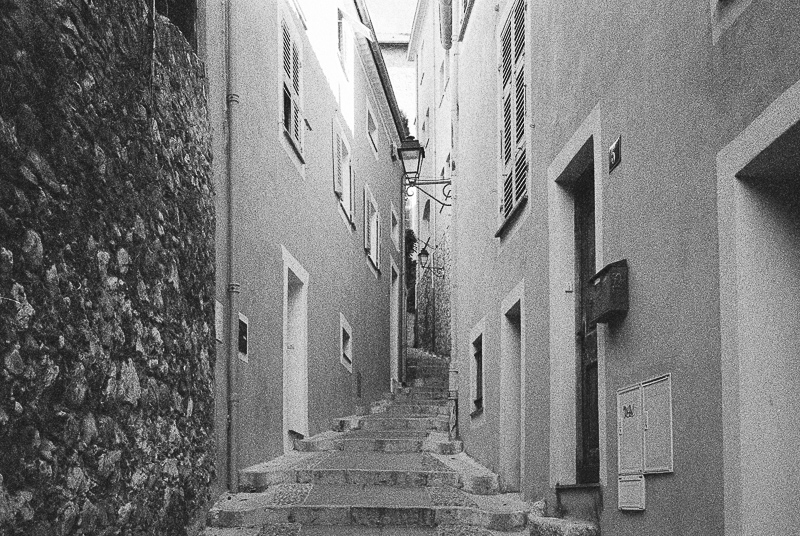
Some people still really like – and therefore prefer – the grain patterns (and distribution) of black and white film, but I completely lack the romanticism for that and would take the ability to alter the different colors in post over that any day.
Shooting ISO 3200 B&W film was good for one thing though: it taught me once more how far we have come with the image quality that can be easily achieved with digital cameras today.
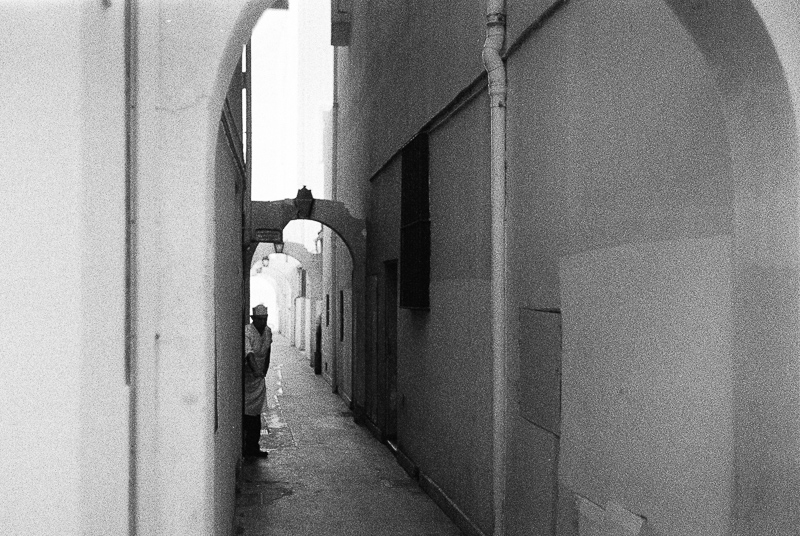
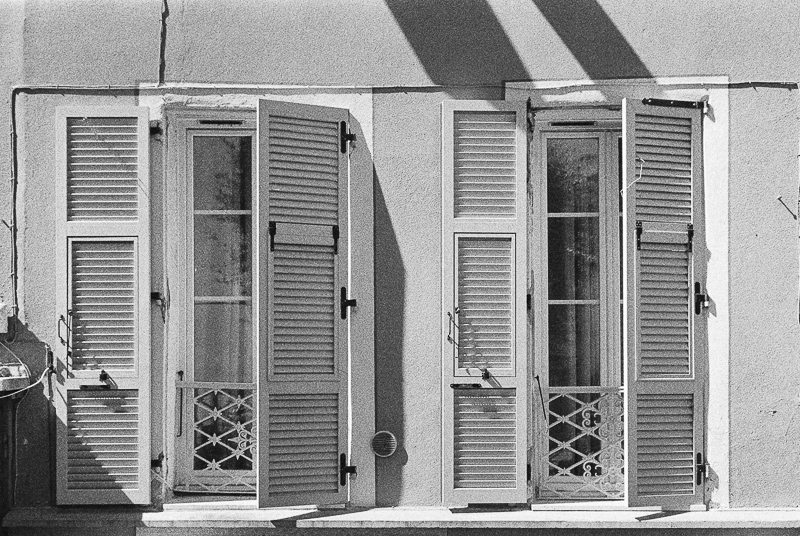
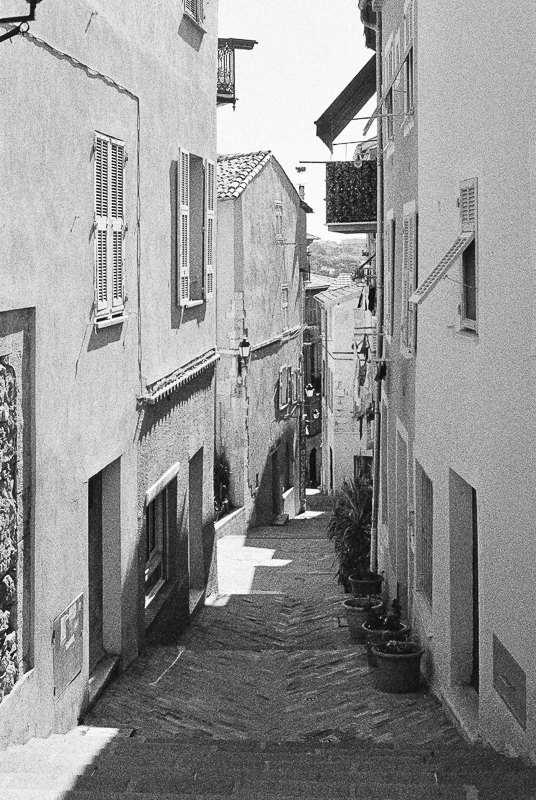
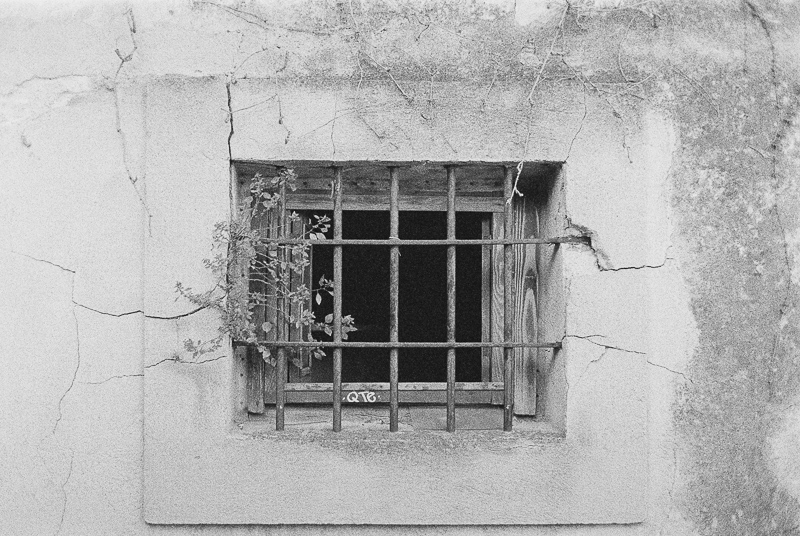
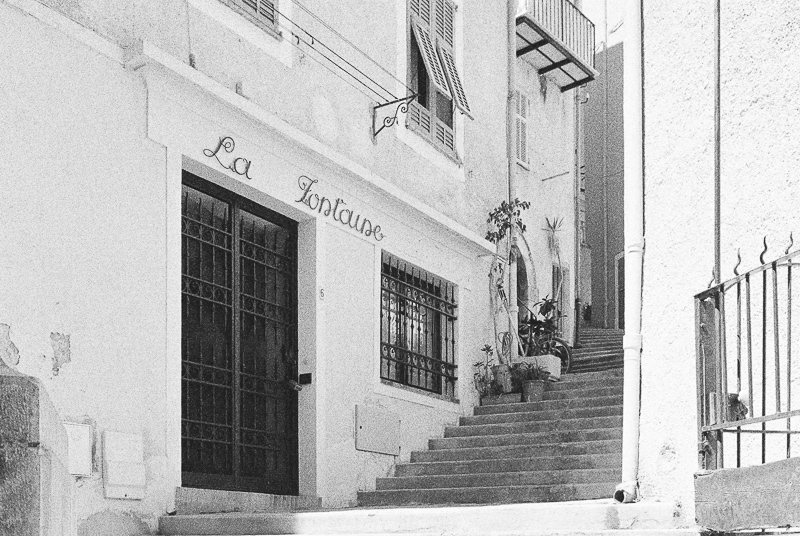
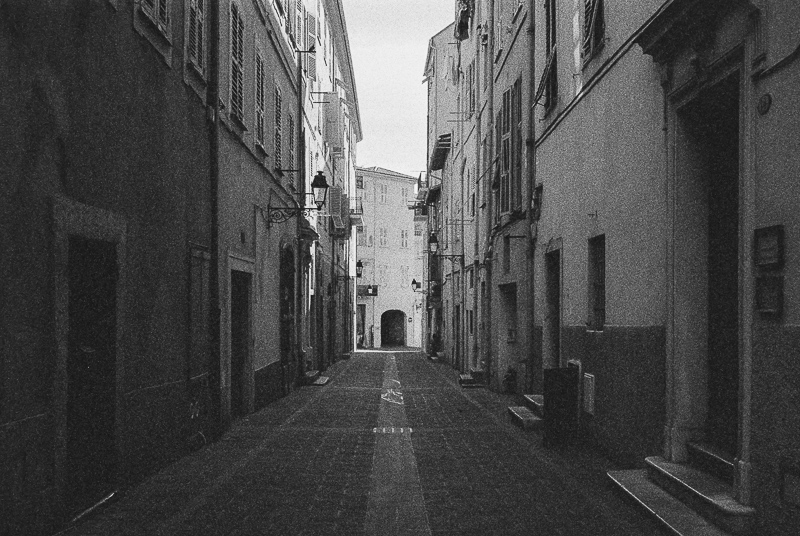
More parts from this series
Support Us
Did you find this article useful or just liked reading it? Treat us to a coffee or a roll of film!
![]()
![]()
![]() via Paypal
via Paypal
Latest posts by BastianK (see all)
- Vivo X200 Ultra – The Death of the compact Camera - June 29, 2025
- Review: Laowa 12mm 2.8 AF - June 26, 2025
- Review: Nikon AF-S 35mm 1.8G - June 21, 2025
I tried using t-max few years ago and I got much smaller grain. Maybe you have underexposed it too much, or your lab haven’t developed it properly?
To me the grain looks “as to be expected” when using 35mm film and TMAX 3200. Generally I’m disappointed with the image quality of 35mm film and have therefore switched to medium format (Zenza Bronica SQ-A and Fuji GW690III).
Beautiful pictures! But agree some look a bit underexposed. Did your lab develop it at ISO 3200 i.e. pushed 2 stops? Tmax 3200 is an ISO 800 film but designed to be pushed 1-2 stops.
That said still enjoying the film series a lot! Hope there will be more & also more tests of ‘unusual’ lenses 🙂
The shadowy images where you used a 3-stop ND filter are thin but it hard to say if the problem is due to exposure, processing or scanning, it’s probably some combination of all three. Following the old mantra of “expose for the shadows and process for the highlights” would have yielded more contrast, but that only works for a single image. Using a developer at stock (undiluted) may have reduced the grain, but in any case, you are definitely in medium-format territory here.
It’s been fun to follow your ANALOGUE ADVENTURES and I look forward to further episodes.
Uh, I’m glad I did not have the light-meter and no TMAX3200 which is supposed to be a fairly great film for that stuff 🙂 My dark-light scenario is m4p set to 1/15 (the longest I dare) and f2 (no summiluxes for me), and trying to push APX400 to 1600-3200: at these conditions negatives are never too thick anyway… Still, often get less grain than this…
I like your work Bastian. I undertand your dissapointment. However, I think you should try it again, and again until you get to know this film. You will still get grain, it will always be there. One nice thing about this film, you just won’t be able to burn the high lights… Make that a strength in a particular situation. Anyway, don’t give up – and you might finaly not even like it at the end, but give it another go with the right situation perhaps.
Thank you for sharing these creative impressions. Shows me again that black and white is a totally different strategy to make an interesting picture. Hard contrasts welcome 🙂 I should definitely do more black and white photography. And be more self assured that high grain looks sooo interesting.
When I shot performing arts back in the nineties, this film was always in my bag for those desperate situations where the light was really low.
I would use Tmax400 pushed to 1600 as standard, but at 3200 and 6400 I would use this film.
It was I film I hated for its huge grain and low contrast. I only used it in desperate situations.
Despite the name, Tmax P3200 is not an ISO 3200 film!! (As noted by Felix above.) I made the same mistake when I first bought a roll, when I fell for the somewhat tricky marketing by Kodak (and Ilford). Measured according to the ISO standard, both Tmax 3200 and Delta 3200 are true ISO 1000 films. They are simply formulated and marketed to be pushed to a higher exposure index (EI), including 1600 or 3200 or even 6400 (what Kodak calls a “multi-speed” film—a little misleadingly, since unlike digital sensors, film has only a single speed). But you will likely want to increase development time (push process) to compensate for the underexposure at those higher EIs. A close reading of Kodak’s data sheet will tell you all this, but it’s easy for beginners to overlook, especially when every other film stock has its nominal ISO listed in the name (although a handful of those are pretty inaccurate as well). Kodak’s data sheet recommends a nominal speed of EI 800, and states EI 1600 results in the same amount of grain but slight loss of shadow detail, while EI 3200 and 6400 will give increased grain and contrast with additional loss of shadow detail.
If you let your lab know the EI you shot it at, perhaps they compensated by pushing the film. But if not, you likely would have been better off during the day *without* the ND filter: Kodak states Tmax P3200 can be exposed at EI 400 for “outstanding shadow detail” (and in which case you might want to pull process slightly to avoid overly high contrast; but when shooting at different EIs on a single roll of film, then you’ll have to find a compromise developing time between the different EI speeds). Of course, quite the opposite of digital, most negative film handles overexposure very well.
Very interesting information, thanks for sharing!
Hi Bastian,
I like Your reports and tests very much 🙂 but here I am disappointed about Your results and conclusions. It is correct that Kodak TMZ and Ilford Delta 3200 are ISO 1000 Films. But to get the real quality out of that stuff, You should be very familiar with an own lab at home. These films need very special care and only few developers really work with these films. These films are not good for daylight shooting. Many years I took the Tetenal Ultrafin SF and the Emofin, and got much much better results! And I printed out the negatives in my own darkroom. If You are interested I can share some of my results. Warmest regards 🙂 Wolfgang
I might give it another try at some point in the future.